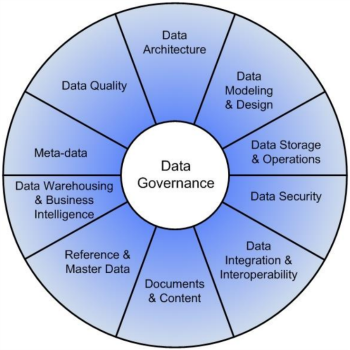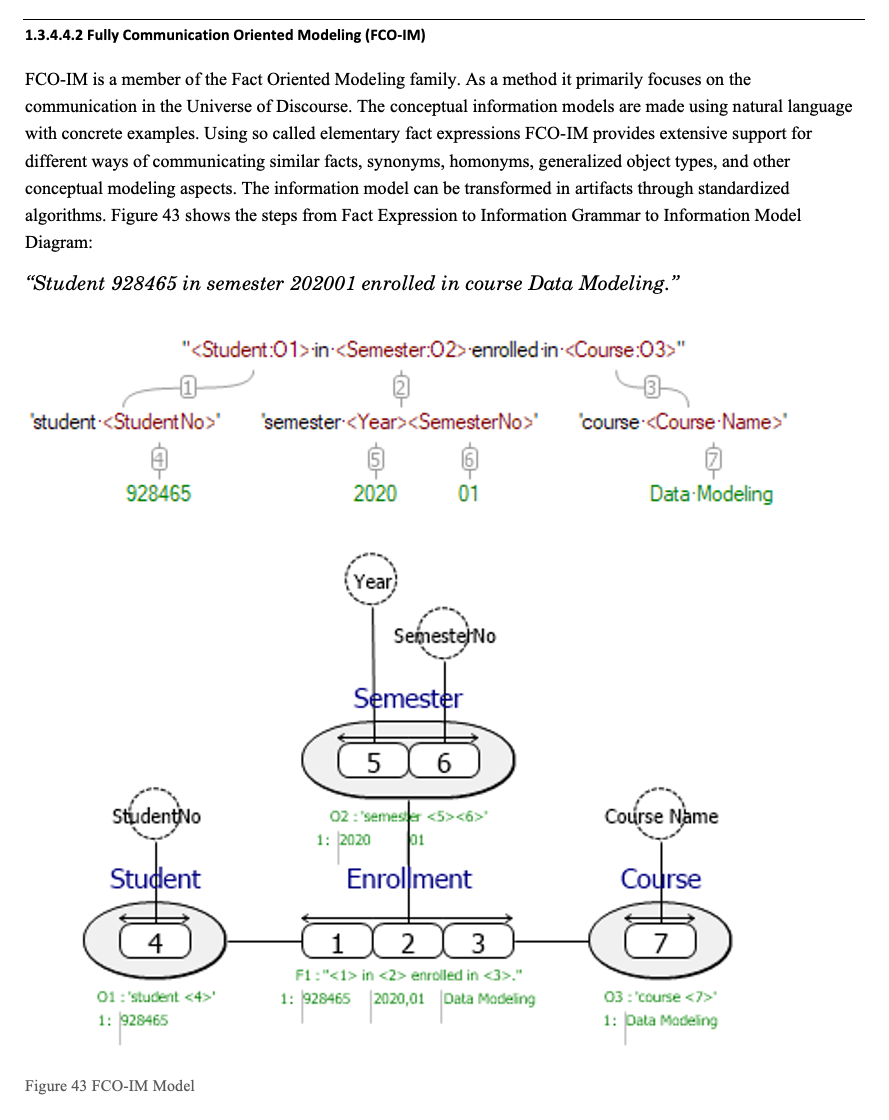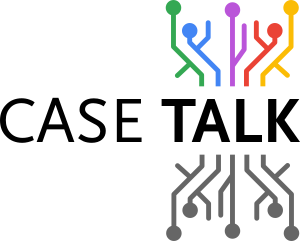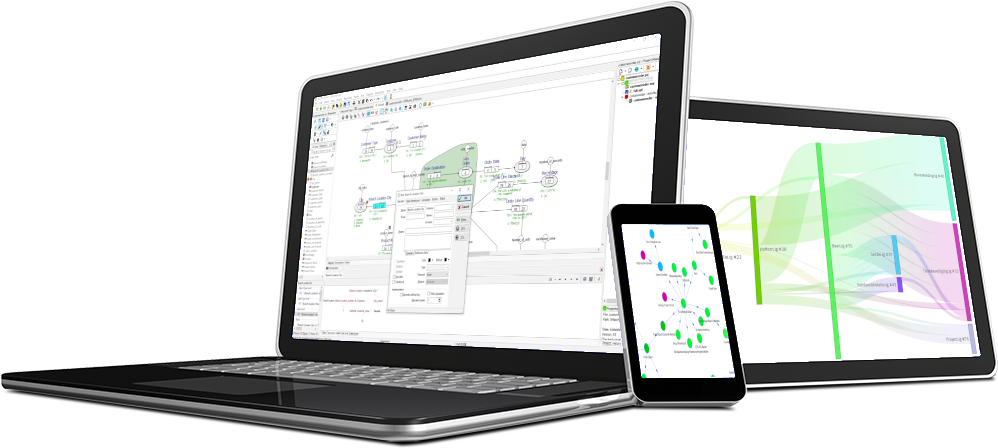The DAMA organization has created an enormous body of knowledge called the Data Management Body of Knowkledge (DMBOK). In version 2 they introduced Fact Oriented Modeling for the first time. Both ORM and FCO-IM are condensely described. To illustrate how governance is central in the huge field of data management is shown by the DMBOK Wheel.

The method of Fact Oriented Modeling is primarily described by the Data Modeling & Design segment. However with the support of re-usable model parts, aka namespaces and the ability to document the information model elements with custom descriptors and annotations, also make it get involved in others. The DMBOK version 2 contains the first iteration of a description on FCO-IM. It has been reviewed and change has been submitted for the next version. The paragraph will be like this:

The CaseTalk Suite in it's completeness supports the following segments, required for governance:
- Data Modeling & Design
- Meta-data
- Data Architecture
Data modeling & Design
Obviously the CaseTalk Modeling which allows users to model the business information the product supports modeling aspects. There's a gap not mentioned by DAMA, is that the infomration models are created with support of natural language and concrete examples. This not only supports the Data Modeling itself, but also is the missing puzzle piece to be able to communicate with the actual business users in an non-ambigious, non-technical manner for full validation of the models.
Meta-Data
Creating an information model or data model creates the metadata itself already. However modeling an entity 'Customer' may not be enough metadata to store data of the customers. The term 'Customer' may need further documentation and annotation which are not mandatory for applications. For governance purposes the interviewer, when was it documented, which department is responsible, etcetera, comes into play. CaseTalk allows modeling facts and fact types. The amount of detailed metadata on every type is of tremendous value to the organization, supporting Governance like few other tools or methods.
Data Architecture
Architecture is an ambigious word or field of work. It's a word that points to the activities and products required to keep the organization moving into the future without much problems. Data Architecture is all that related to data. Having the fine grained tools like Fact Oriented Modeling, allows re-user of single business terms and statements. This re-user naturally forces users to think about different parts of the organization, which parts they use, and how all the data domains are related. CaseTalk supports lineage of modeling entities through these namespaces. A great tool support for large scale information modeling. (Use case)
Governance
Governance is a very broad area in organizations, but a necessary one. Data is more and more important and having accurate data, well documented systems and crystal clear definitions is the only forward. CaseTalk provides support for all this by combining method of modeling, use of verifiable language, technical artifact generation with the ability to publish all that knowledge through it's portal. The lineage of all the documented and usable knowledge is kept by versioning every step. The portal allows navigating historical models, current models, model differences, and see model impact changes. This is a great support for any organization which takes governance serious.


